Aerial Tour in 1930
-
Norman, Henry Nigel St Valery
Sir Henry Nigel St Valery Norman CBE 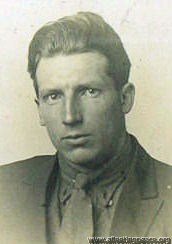 1926
1926b. c.1898. From Rendcomb, Glos.
Always known as Nigel; from 1939, 2nd Baronet of Honeyhanger, later Air Commodore Sir Nigel. Co-founded Airwork Services with Alan Muntz at Heston.
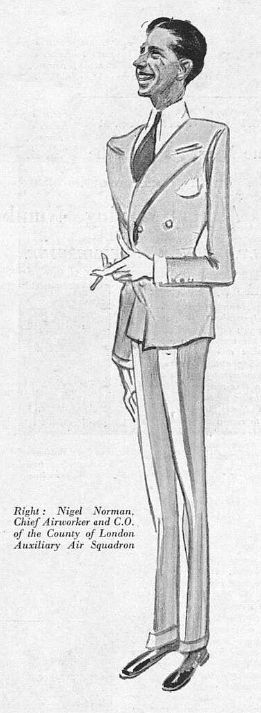 The Bystander Special Aviation Edition, 1933
The Bystander Special Aviation Edition, 1933Killed in WWII: 19th May 1943, on a flight from St Mawgan, buried Rendcomb, Glos.
-
Norman, Rosalind Laura
Miss Rosalind Laura Norman 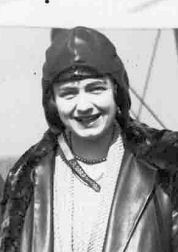
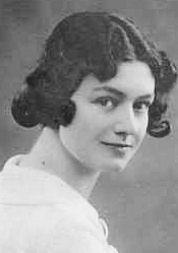
b. 1908
Nigel's sister Rosalind was a regular on the Court Circular, attending endless weddings, dances, balls, luncheons, etc, etc.
In December 1931, Rosalind accompanied Commander Sir Walter and Lady Windham on their trip to Ceylon; she met them at Marseilles, and "after visiting Ceylon spent some time visiting friends in India."
In August 1933 she made another flying tour, to Poland and Germany.
She 'quietly' married Aubrey Burke in February 1936, becoming Lady Burke, and they had two daughters and a son.
From her obituary: "Lady Rosalind Burke, a glamourous aviatrix in the halcyon inter-war years of private aviation who became an extraordinary aircraft factory manager during the second world war, has died aged 86.
Her zest for aviation came from her brothers, who had all taken up flying, and she gained her private pilot's licence at Heston, the aerodrome founded by her brother Nigel (later Air Commodore Sir Nigel Norman). During the early thirties, she took part in many of the fashionable private aero events throughout Europe. She also possessed a remarkable practical flair, making model aircraft in her home workshop, and going on to create the largest model aircraft factory in the country.

She met and married another aviator, Aubrey Burke, at Heston in 1936 (he had flown the Atlantic by R100 airship in 1930 and joined Imperial Airways in 1935). They also joined forces in business as Burman Engineering (the name being an amalgam of their surnames), and began to provide full-scale aircraft components. At the outbreak of war, he joined the civil repair organisation of the Ministry of Aircraft Production set up to restore battle-damaged aircraft. She kept up her reputation for the rapid supply of accurate aircraft parts, matching female labour and the production capacity of her several factories.
She perceptively recruited volunteers for what became known as the IPP (Immobile Part-time Production) through radio broadcasts and lecture tours, with the allure of making a real contribution to the war effort. She also instituted an imaginative scheme for reducing aircraft assembly-line waste with numerous village-based groups retrieving and sorting many thousands of small items - nuts, bolts and rivets - from the sweepings of factory floors or the debris of blitzed factories. She was an energetic, inspiring leader, taking her three young children round this network with her, the youngest in a carry-cot. By the end of the war, the Burman factories had the commendable record of two million man/woman hours worked, and over 150 million components delivered.
Post-war, she devoted her attention to her family and travelled extensively with her husband as he rose to become chairman of the de Havilland Aircraft Company and vice-chairman of the Hawker Siddeley Group. She also helped him to build up a pedigree herd of Guernsey cattle.
Rosalind Laura Burke, born February 20, 1908; died April 1, 1994."
-
Peake, Harald
Harald Peake 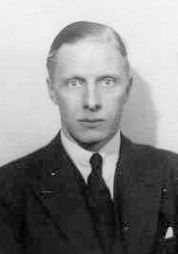
b. 28 Oct 1899 in Yorkshire, a "Director of Limited Companies"
Air Commodore (later Sir) Harald Peake, post-WWII Director of RAF public relations and later chairman of Lloyds Bank and the Steel Company of Wales.
Harald only got his aviator's certificate on the 28th April 1930 (after returning from this tour), so that, perhaps, explains why he took along RLR Atcherley, probably one of the most famous and experienced aviators of the time, to help him fly his new plane!
His wife, Felicity, was the founding director of the Women's Royal Air Force.
d. 1978
-
Perkins, Walter Robert Dempster
Walter 'Robert' Dempster Perkins 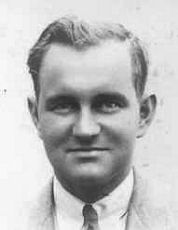
.jpg)
b 3 Jun 1903 in Boldre, Hampshire, an Engineer
Sir Robert Perkins; went to Eton and then Trinity College, Cambridge.
Director of Messrs Roy Dempster, Manchester. He had "a wide circle of personal friends (which included Lyndsey Everard MP), and... [was] a keen politician". He was, in fact, in charge of the erection of a large gasholder near Heston Airport in 1933.
Became a Conservative MP (for Stroud 1931-1945) and was instrumental in the setting up of the British Airline Pilots Association (BALPA) in the late 30s.
Parlimentary Secretary to the Ministry of Civil Aviation during WWII; in October 1944, he married Nigel Norman's widow Patricia, in Westminster Cathedral.
MP for Stroud again from 1950-55. Knighted in 1954.
In 1954, following the accidents to the DH Comet airliner, he handed in a motion to the House of Commons stating "That this House will regret the proposal of BOAC to buy American airliners". He urged them to buy Britannias instead...
Subsequently Charirman of Southern Newspapers, and a director of Southern Television.
d. Dec 1988 in Salisbury, Wilts.
-
Reid, Edward Whitehead
Dr Edward Whitehead Reid 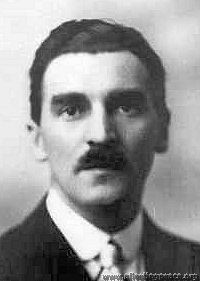
b. 22 Jun 1883 in Canterbury Kent
A GP (as was his father). "He had a fine athletic figure, and was a good all-round athlete".
In WWI he served as surgeon in the Duchess of Westminster Hospital in France, and later in Egypt. Taught to fly by pilot friends, he bought his first plane (G-EAFH, an Avro 504) in 1922, then the same year acquired the first privately-owned SE5a (G-EAZT) before swapping it for another (G-EBCA) which he then raced in the 1923 Aerial Derby. This latter aircraft was somewhat underpowered at the time and apparently could only just reach 65mph. (He finished last, even on handicap).
He bought his first SE5a for £30 from an enterprising mechanic who had been given 5 war-surplus ones to smash, but instead carefully took them apart, piled them up to look "like firewood", bought the lot for a fiver at auction and then carefully re-assembled them.
He housed his aircraft in his own hangar on his own aerodrome, flew to "just about every air meeting of importance", and often took part in races.
He was a friend of the novelist Joseph Conrad, and in 1927 recalled him saying after his first flight that flying was easy "compared to rounding Cape Horn in a sailing vessel in a storm". But then, apparently Conrad said that about everything, except writing a novel.
Later, a Flight Lieutenant with 601 (County of London) Bomber Squadron and President of the Kent Gliding Club.
d. 20 Oct 1930, aged 47, near Maidstone, Kent after he crashed during an attempted forced landing in his Westland Widgeon II G-EBJT 'Wendy'. He and his passenger, 21-year old Irene Burnside, were returning from a gliding exhibition and had run into bad weather. She was killed outright, he died a day later from his injuries.
-
Runciman, Walter Leslie
Hon Walter Leslie Runciman OBE AFC 
photo: 1928, aged 28
2nd Viscount Runciman of Doxford, from Newcastle-upon-Tyne; after Eton and Cambridge, joined his dad's shipping firm, then Imperial Airways. First Director-General of BOAC, Commodore of the Royal Yacht Squadron, OBE, etc, etc; died 1989
His sister, Margaret Fairweather, was killed in WWII serving in the ATA. See
https://www.ata-ferry-pilots.org/index.php/category-blog-1940/81-fairweather-margaret-mrs
-
Selfridge. Harry Gordon
Harry Gordon Selfridge, Jr 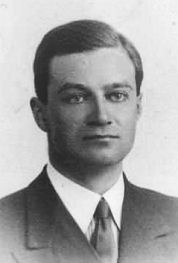
b. 2 Apr 1900 in Chicago, known generally as 'Gordon'.
Son of Harry Gordon Selfridge Snr, the founder of Selfridge's department store in London; his mother, Amelia 'Rose' Buckingham, died of pneumonia in 1918. Gordon had 2 older sisters - Rosalie and Violette, and a younger sister Beatrice. Harry always regarded Gordon as his natural successor.
The children had a privileged upbringing during the years that Selfridge's was doing well - travelling frequently back to Chicago, or to St Moritz for skiing; cycling around London, playing tennis or learning judo. Gordon was a pupil at Winchester, then got a degree in economics at Trinity College Cambridge.
His father was apparently unimpressed with Gordon's liaison with a pretty girl called Charlotte Elsie Dennis, from the Toy Department in his store; Charlotte and Gordon eventually had four children (three of whom got PhD's), but Harry Sr simply refused to acknowledge the relationship.
Anyway, at 26, Gordon became MD of Provincial Stores Group (part of the Selfridge's Empire) and bought a new DH Moth to get around. This he crashed into a tree, whereupon his father insisted that he sell it (to Oscar Garden as it happens, who used it to fly solo to Australia). And he bought a speedboat. And then another plane. "He was constantly photographed beside a combination of a plane, a boat, or a beautiful woman"; he comes across as, let's be frank, a rich, spoilt, playboy.
Gordon continunued to be well-known in all the best aviating (and lunching) circles throughout the 1930s - e.g. in June 1932, "Miss Amelia Earhart was entertained to luncheon at Heston by Mr. Gordon Selfridge, Jnr. Among Mr. Selfridge's party at lunch were Sqd. Ldr. and Mrs. Orlebar, the Hon. Leo Russell, Mr. and Mrs. Nigel Norman and Mr. and Mrs. R. Denman. After lunch Mr. Selfridge flew Miss Earhart to Brooklands' display in a 'Puss Moth', several private owners accompanying them in their machines as escort. Later in the day Miss Earhart returned to Heston, again being piloted by Mr. Selfridge."
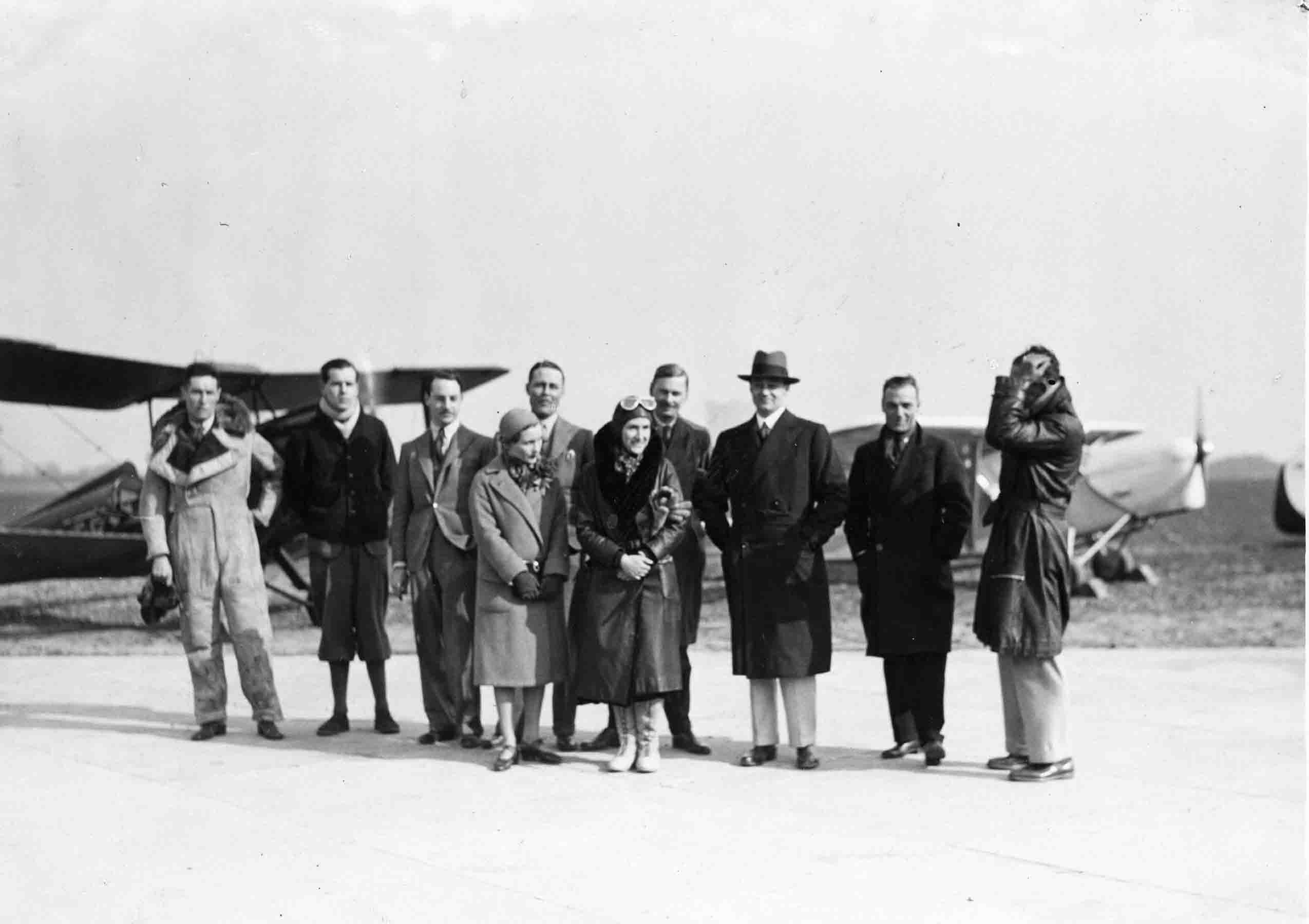 © The Royal Aero Club [0378-0025]
© The Royal Aero Club [0378-0025]A typical jaunt - the Easter Flying Tour, in 1931: Harry (3rd from right) with others including Flt Lt MacIntosh, H Jackaman, R Denman, JC Parkes, Leslie Runciman, Whitney Straight, and HH Leech.

With Rosalind Norman at Heston in 1933 - The Bystander
However, after his father lost control of the Selfridge's Empire in 1939 and it became clear that there was no place for him in the new setup, Gordon returned to the U.S., finally married Charlotte (yes, her from the Toy Department) in Illinois and thereafter continued to work as a "retail executive" for Sears Roebuck.
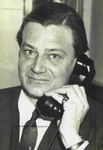
d. 30 November 1976 at Red Bank, New Jersey, aged 76.
-
Shand, John Lister
John Lister Shand 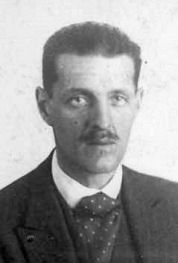
The son of His Honour Sir Charles Lister Shand and Lady Shand; he married Ruperta Sibyl Bromley, daughter of Sir Robert Bromley, 6th Bt. and later the Hon. Lilian Pauncefote, on 3 June 1924, but they divorced in 1933. He later married Enid Chauvin.
Joined the RAFVR in WWII, was promoted to Acting Flt-Lt in February 1941 but was killed 16 June 1941 on active service in the Middle East, and is commemorated in Cairo's War Memorial.
His mother was killed in an air raid on Bath in April 1942.
-
Slade, Eleanor Isabella
Eleanor Isabella 'Susan' Slade
Royal Aero Club Certificate No. 8405 (16 Sep 1928).jpg)
in 1928

 with George Lees at the Leicester Air Pageant, 1929
with George Lees at the Leicester Air Pageant, 1929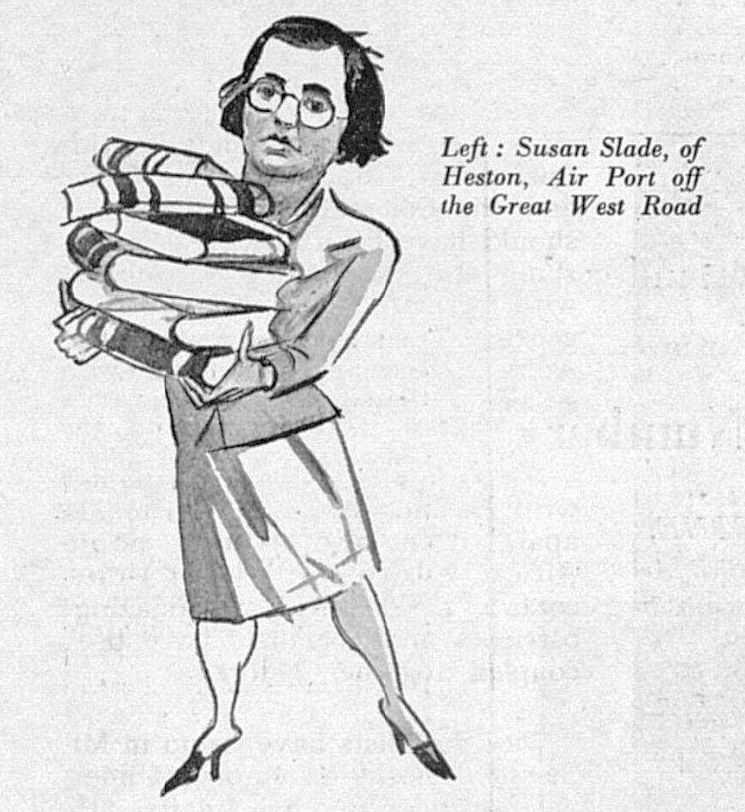
The Bystander Special Aviation Edition, 1933
b. 10 January 1904 in Hong Kong
 The Sketch - October 1929
The Sketch - October 1929"The popular secretary of Airwork, Heston Air Park - Miss Eleanor Slade"
"Efficiently managing the day-to-day business [of the King's Cup] was dynamic little Susan Slade... herself a pilot of considerable ability who has her own Moth".
C G Grey
.jpg)
In Holland, with Lyndsey Everard et al
On one flight with her elder sister Betsy in 1938 over Germany, having missed their destination, they came down at the Berchtesgaden; Herr Hitler was away at the time, but the servants gave them a conducted tour.
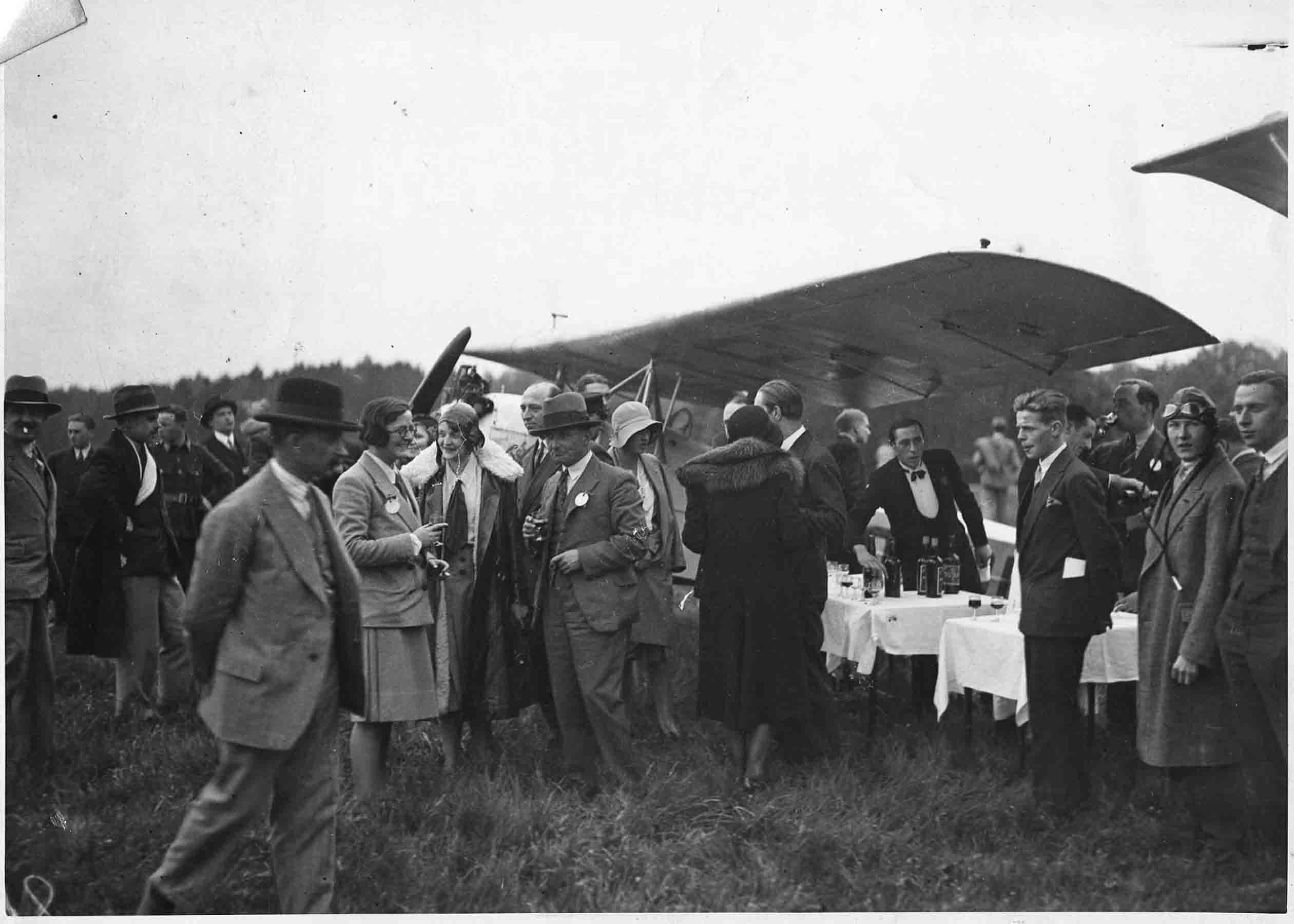
Rallye Aerien, Chateau d'Ardenne 17-19 May 1930 with Adelaide Cleaver
She won the first All-Ladies Race at Sywell, Northants in September 1931 (the Hon. Mrs Victor Bruce was second).
Air Transport Auxiliary in WWII
Even with her perceived limitations as a pilot, Susan Slade was a hard-working and trusted administrator, and an extraordinary, talented and much-loved lady.
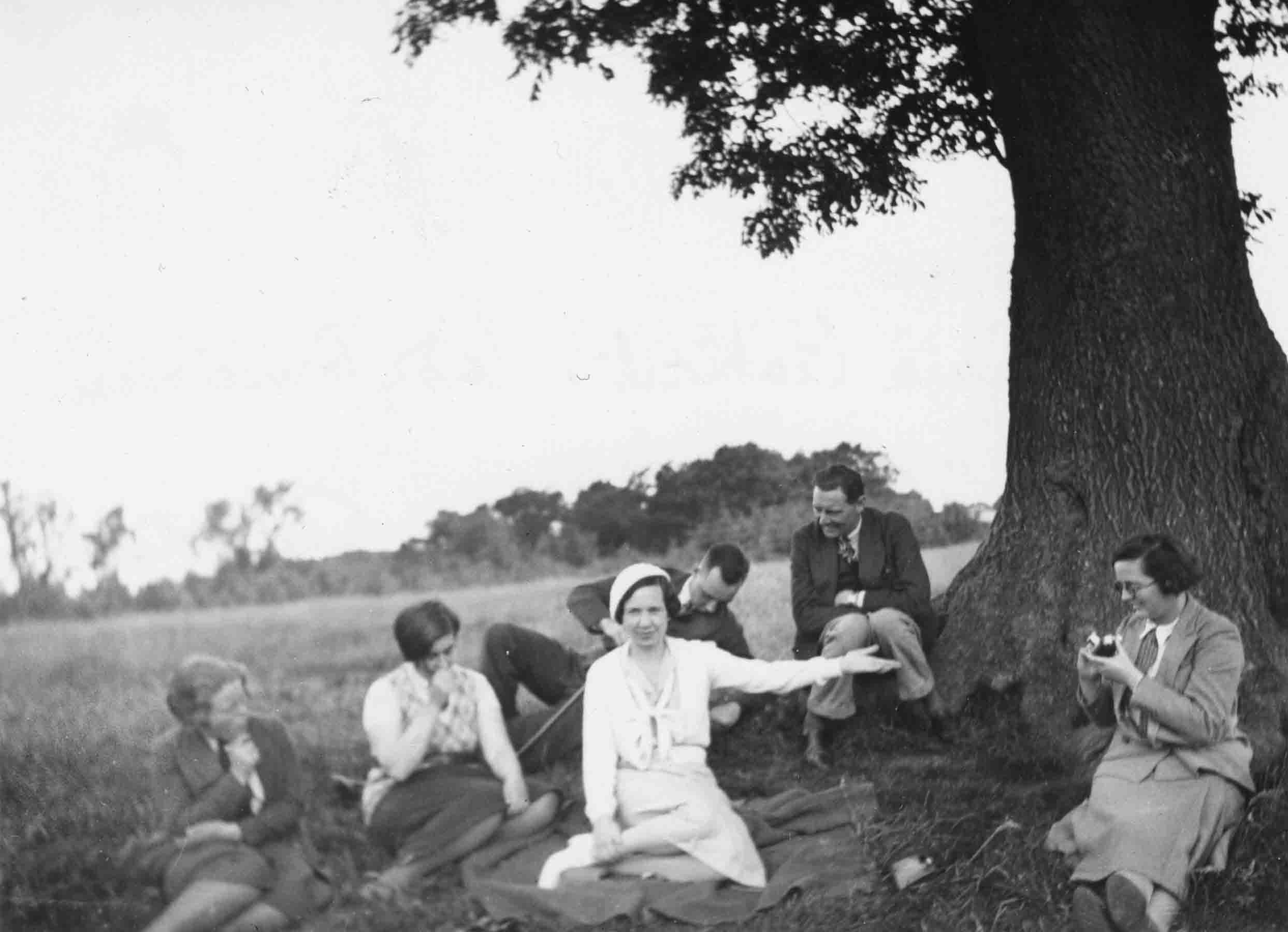
r., with ??, Connie Leathart, Lady Runciman, HH Leech, Flt Lt Clarkson
Susan lived at Mallard's Court, Stokenchurch and is buried in Stokenchurch..
She owned:
a 1927 DH.60X Moth (G-EBSA), then
a 1929 DH.60G Gipsy Moth (G-AAIW), and
a 1931 DH.80A Puss Moth (G-ABLX).
-
Spooner, Winifred Evelyn
Miss Winifred Evelyn Spooner
Royal Aero Club Certificate No. 8137 (11 Aug 1927)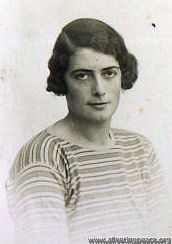 1927, aged 27
1927, aged 27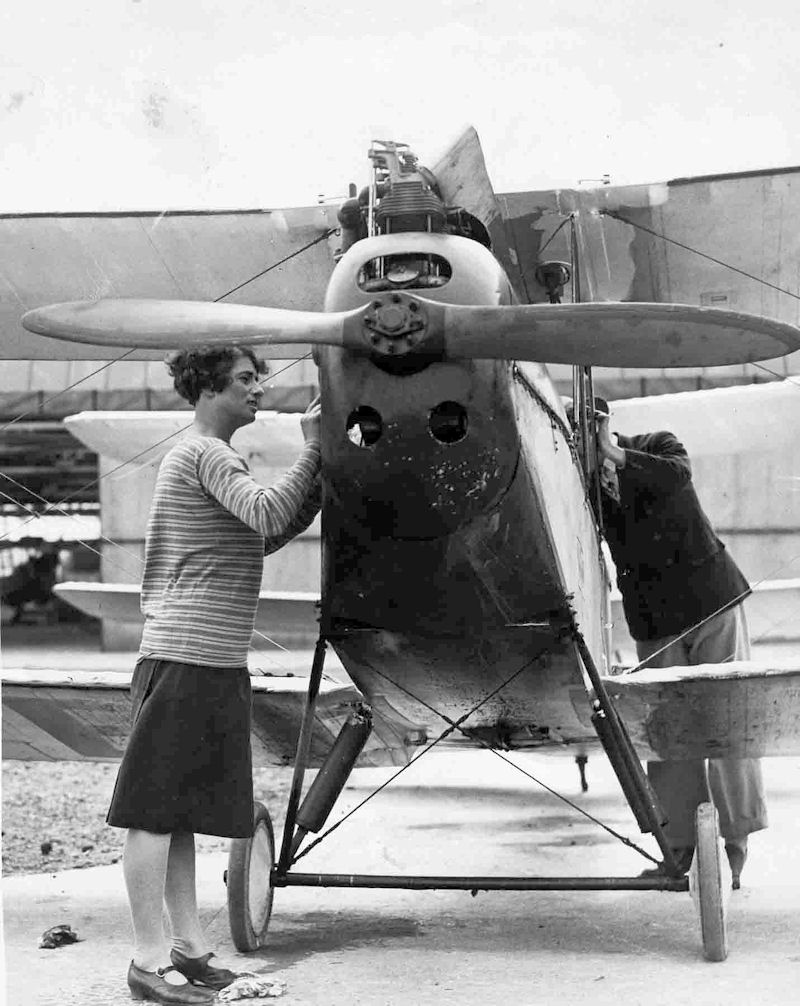
'Bad luck Wimpey' was one of the best-known women aviators of the time, and the one generally regarded as the best. She was awarded the International League of Aviation's Trophy for women aviators in 1929, and in 1930 Capt C D Barnard described her as 'the finest woman pilot in the world' (He went on to say that Lady Bailey was regarded as the 'second finest airwoman in the world', and we don't know what she thought about that...)
Learnt to fly in 1926 and took it 'more seriously than most' - in her first race in April 1928, she won the Suffolk Handicap (21 miles at 78mph), ahead of Neville Stack and four other male rivals; she won the 'heavy' category in the Round Europe Contest for Touring Aircraft in 1930 - covering 4,700 miles at 102mph, ("a very fine performance indeed", said The Times) and also competed in the Ladies event at Reading (May, 1931) - the other competitors were Amy Johnson, Grace Aitken, Pauline Gower, Dorothy Spicer, Susan Slade, Gabrielle Burr, Christina Young, and Fidelia Crossley - a historic gathering indeed.
Photo here
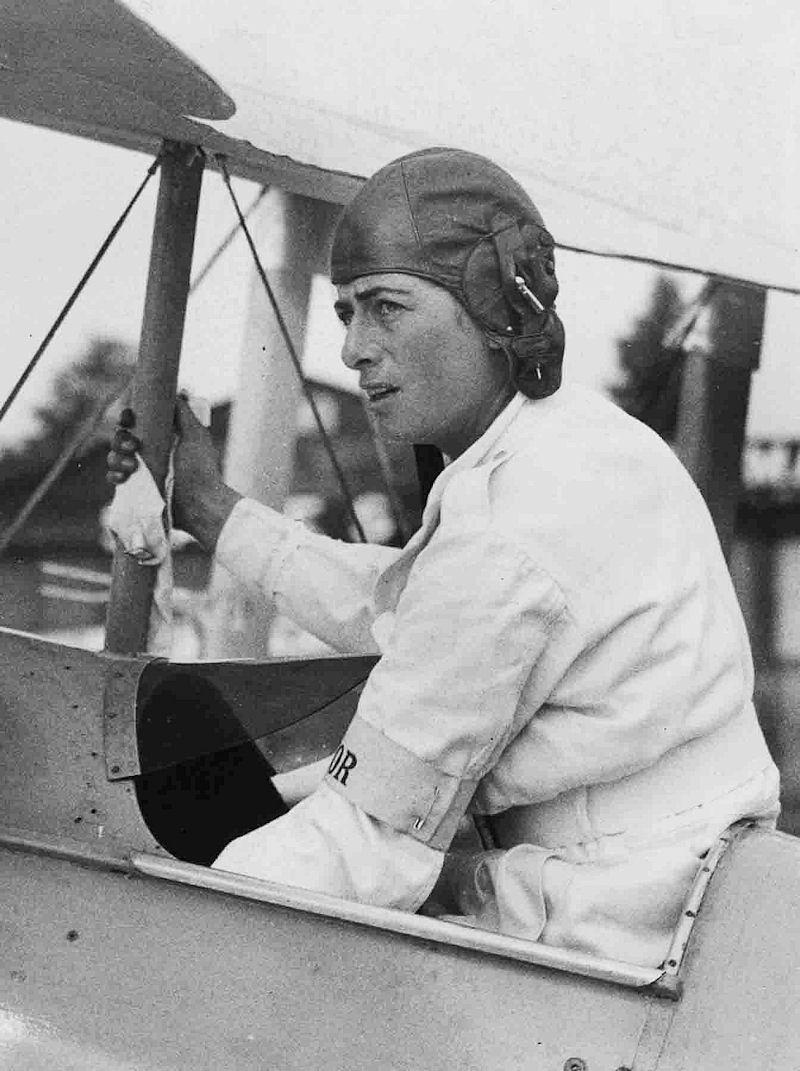
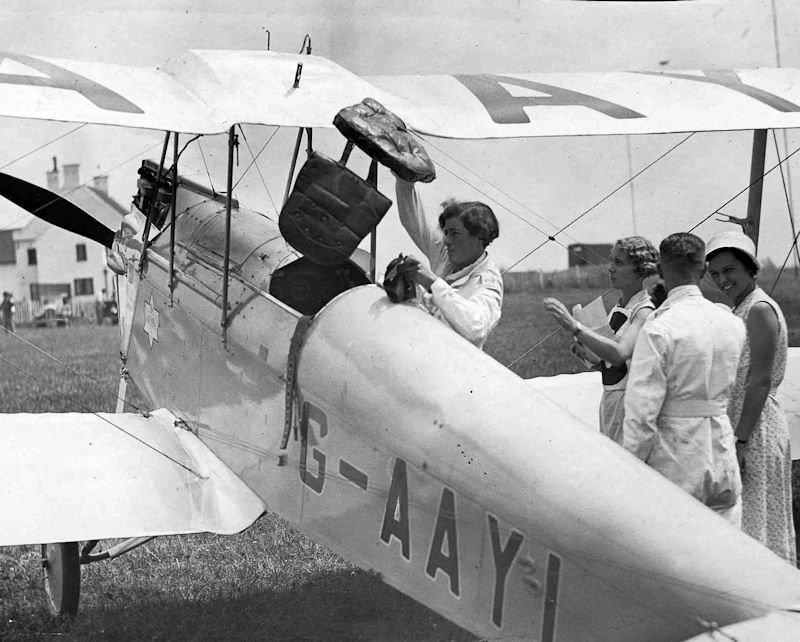
She soon took her 'B' (Commercial) Licence, and at one stage was the only professional woman pilot in the country.
In September 1927 her first flight abroad was to Venice to support the British Team in the Schneider Cup in Venice. Alan Butler (with Peter Hoare as passenger), and Hubert Broad, who took Maia Carberry, also went and, in case you were wondering, "Mrs. Carberry wore a pale blue leather flying helmet to match the colour of her Moth aeroplane."
She soon became regarded as 'one of the few women who matter in the air world'; in March 1928, when King Amanullah of Afghanistan was on a state visit to London, he inspected "the latest types of Imperial Airways passenger machines and a number of small Moth machines in private ownership. He carried on, through an interpreter, an animated conversation with Miss Winifred Brown, of Manchester, and Miss Spooner, of London, both of whom own and fly small two-seater machines."
In the 'Woman's World' section of the Inverness Courier of April 1928, this description of Winifred appeared: "[she] has not flown for very long, for it was only about three years ago that I knew her in Cologne, when she then drove, instead of an aeroplane, a two-seater car, through the crowded streets of Cologne, at a speed which most people would have been terrified to attempt. She was always, however, extremely cool and composed, and though her passengers were sometimes nervous she never seemed so. She was always very sporting, and played an excellent game of tennis. A good-looking, typically English girl, she made many friends among the British army in Cologne when doing voluntary work with the Y.M.C.A. there. [Winifred was with the 'Army of Occupation' in Germany at the time]"
She did have what she later described as her 'greatest air thrill' on Marlborough Common in May 1929; "she had been taking passengers up all day when, after one flight, she said she was not quite satisfied with the controls, and refused to take the next man until she had attended to the aeroplane. After doing so she started the propeller, and as she walked away from it the machine suddenly moved forward. Pluckily, Miss Spooner jumped and caught hold of the wing, her idea being to clamber into the cockpit and stop the engine. The machine quickly gathered speed, and she was dragged 40 or 50 yards [she later reckoned it was about 30 yards], when to the horror of the crowd the plane turned and buried its nose in the ground, hurling Miss Spooner some distance. She was unconscious. Doctors were sent for and she was taken to hospital. 'We thought she must have been killed,' an eye-witness told our representative."
She was taken to Savernake Hospital suffering from a sprained wrist, cuts, and slight concussion.
She does seem to have had quite a few run-ins with the local Constabulary; firstly in January 1929 for failing to keep her Alsatian dog under proper control (it had attacked another dog which "had no chance"), then in August 1929 for failing to produce a car driving licence (she said she had forgotten about it and flew to France the following day); then in 1931, she was fined £35 for leaving her motor car unattended and for failing to have lights on it. When she was told that she would be reported, she said: "I am used to it." A police-superintendent said there were no previous convictions recorded against her, as far as Reading was concerned. The Chairman then asked 'And none in the air? She replied 'There are no policemen in the air. That is why I like it.'"
I'm certainly sorry I missed her talk, given in April 1928 at Harrods in Brompton Road, on "Flying as a New Delight for Womankind". Later, in the early thirties, she wrote for "Good Housekeeping" on, of course, "Flying for Women", alongside such luminaries as John Galsworthy, Kate O'Brien, and Hugh Walpole.
.jpg)
September 1929 saw her accompanying NFS's chairman Freddie Guest (q.v.) to Nairobi, to inaugurate an air taxi service and give flying lessons. They took 3 aeroplanes with them, and flew them back (via South Africa) in February 1930.
She and E C T 'Cecil' Edwards tried to fly a Desoutter to Cape Town and back in December 1930, but this expedition ended up in a forced landing in the sea off southern Italy; Cecil and Winifred had to swim a couple of miles to shore.
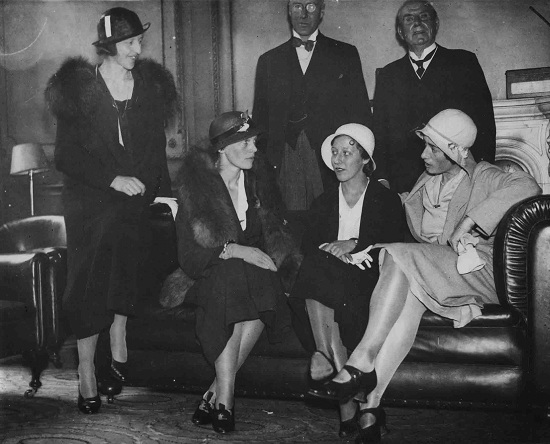
She regularly competed in the King's Cup - coming 3rd in 1928 - and was a guest at Amelia Earhart's reception at the Royal Aero Club in May 1932.
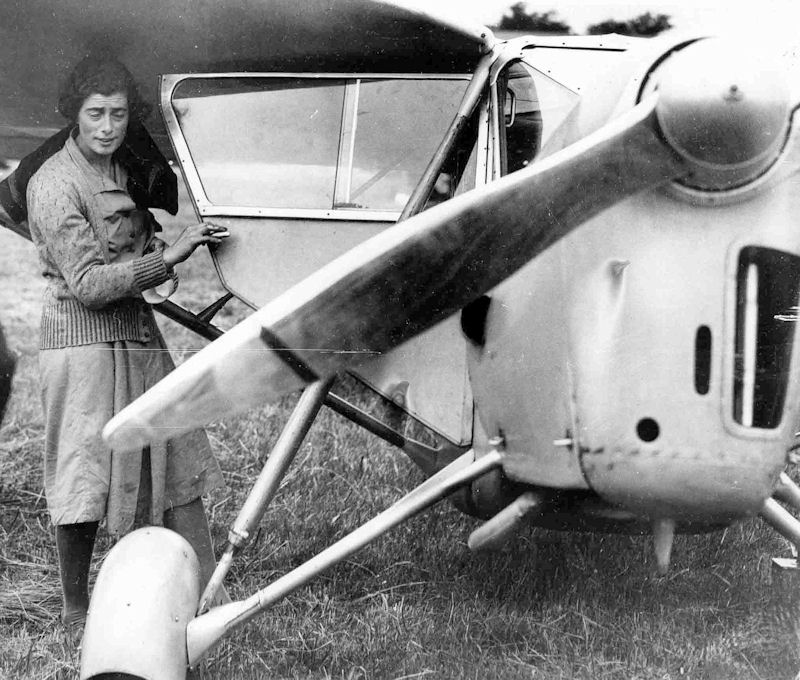
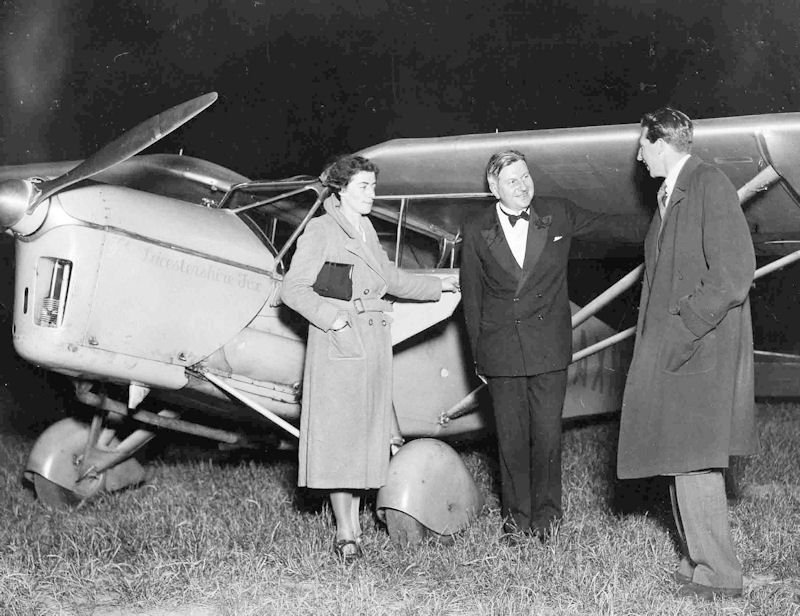
She was personal pilot to Leicestershire M.P. Lyndsey Everard from February 1931 - they are seen here with Nigel Norman.
And then, suddenly, on 13 January 1933, she was dead - not in an air crash, but as a result of a cold which rapidly worsened into pneumonia. Only few days before, in conversation with a friend, she had mentioned that her mother had died from influenza in 1918. "The deaths of both mother and daughter occurred with the same suddenness."
They are buried together in Hinton Parva: see http://www.earlyaviators.com/espoone5.htm
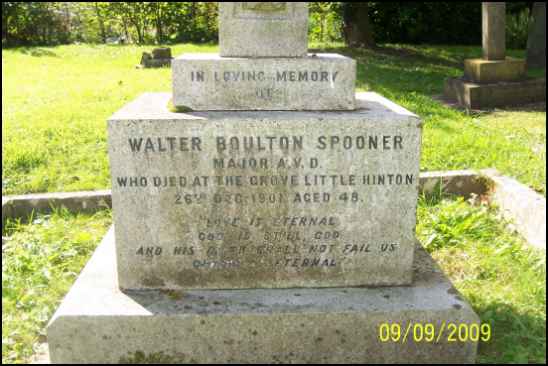
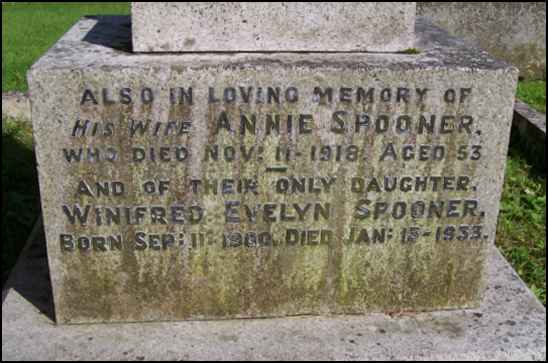
She left £1,357 0s 8d, and her brother, Capt. Frank Vivian Spooner, Indian Army (retd) was appointed administrator. She hadn't got round to writing a will.
There is a scholarship in her memory at Sherborne School for Girls.
"In the passing of Winifred Spooner the world has lost a great woman... she stood out as a woman of indomitable courage".
Winifred owned:
a 1926 DH.60 Moth (G-EBOT),
a 1928 DH.60G Gipsy Moth (G-AAAL, which she sold to Elise Battye);
a 1930 Desoutter IID (G-ABCU - this is the aeroplane she and E.C.T. Edwards ditched in the sea off Naples in December 1930), and later
a 1932 Breda 33 (G-ABXK), which was sold in Italy just 3 months before her death.
Winifred's brother Tony was chief flying instructor at the Montreal Flying Club in 1931. He was killed in March 1935 in Egypt when piloting a D.H. 84 Dragon, SU-ABI belonging to Misr Airwork, when it was caught up in a sandstorm and both engines failed.
-
Trevelyan, Nora Thornton
Miss Nora Thornton Trevelyan
Royal Aero Club Certificate 8901 (17 Aug 1929)
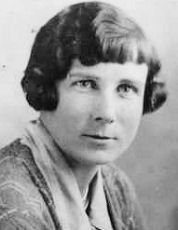
b. 3 Jun 1902, from Wooler, Northumberland
She owned a 1929 DH.60G Gipsy Moth, G-AAIB, but she crashed it at Renfrew following engine failure on the 15 May 1930; she and her passenger Mr Spencer escaped with minor injuries.
She married William Eric Davies in July 1931.
-
Turner, John Dennis
John Dennis Turner 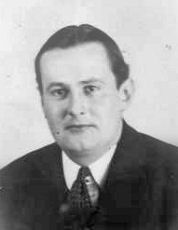
b. 1904 in Rochdale, a stockbroker
engaged to Violet Baring
-
Wills, Philip Aubrey
Mr Philip Aubrey Wills CBE 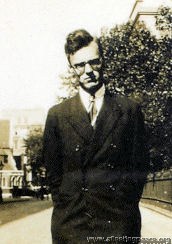
photo: 1928, aged 21
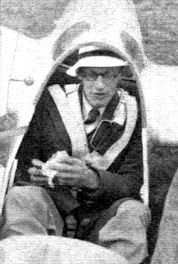
In 1939, setting the British gliding height record of 14,200ft
b. 1907; he went to Harrow.
a 'warehouseman' from London; pioneering, record-setting and record-breaking glider pilot at Dunstable.
President of the British Gliding Association; Chairman of the Royal Aero Club;
Director of Operations in the Air Transport Auxiliary during WWII -
see https://www.ata-ferry-pilots.org/index.php/category-blog-1939/68-wills-philip
later General Manager of BOAC.
d. January 1978 aged 70.
Page 2 of 2

